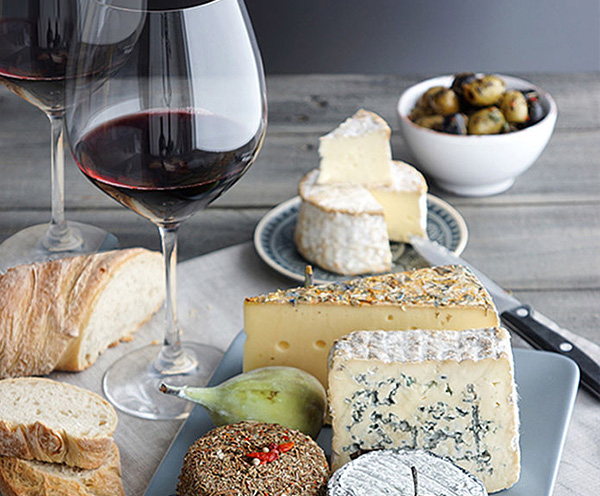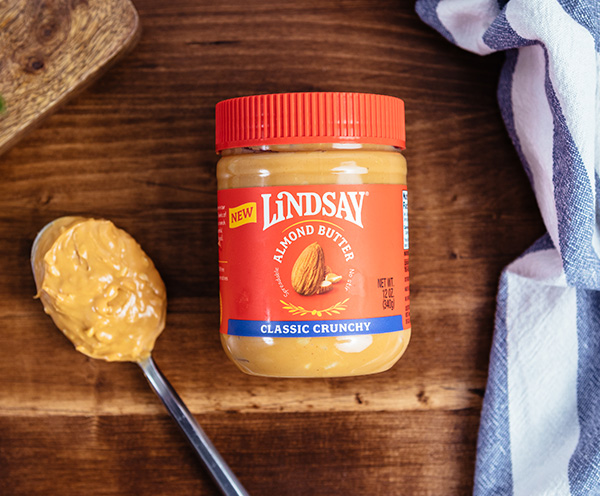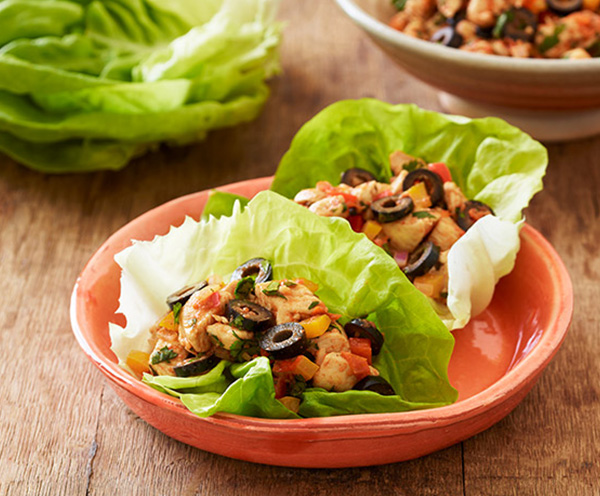Why adding more plant-based proteins into your diet is a good thing.
Last month we dove into the trendy (and effective) Keto diet, known for its high-fat, low carb foods. Now, let’s take a look at an altogether different approach to eating. It's more of an “eating lifestyle” than a restrictive diet, and it's been growing in popularity even among people who aren’t aware of the name.
Yes, if you’re one of the millions of people who have started to include more plant-based proteins into your diet, but still choose to eat meat occasionally, then consider yourself a flexitarian.
Actually, the term “flexitarian” has been around for years, but it’s picked up a lot of momentum recently as more people recognize both the health and environmental benefits of reducing the amount of meat they eat.
Also known as semi-vegetarians, flexitarians (flexible vegetarians) often start out by dipping their toes in the water. They’ll replace one meat-based meal each week with a plant-based alternative (say, swap a cheeseburger for a veggie burger). As they get more used to it, they might continue to make replacements until they’re eating meat just occasionally. It all comes down to personal preferences, which are, of course, flexible.
In his 2008 New York Times bestseller, In Defense of Food: An Eater's Manifesto, food writer Michael Pollan summarized his recipe for smart eating: "Eat food, not too much, mostly plants." This is a pretty accurate summary of what many flexitarians are aiming for.
Why are so many people starting to eat this way?
First, eating more plant-based proteins in our diet can help us lower cholesterol, lose weight and lower blood pressure. It has also been shown to reduce the risk of cardiovascular disease, diabetes, stroke, and even certain cancers.
Second, animal agriculture is natural-resource intensive. It requires vast amounts of land to graze — and grow food for — livestock. It's also a significant contributor to deforestation, air and water pollution, and a primary contributor to climate change. In fact, many vegetarians choose to avoid meat strictly because of these environmental concerns.
What are some common protein alternatives?
When people first begin to look for plant-based protein alternatives, they often think of tofu, beans and lentils. These are all great, but there are many other valuable sources that are widely available. You’ll find loads of protein in certain vegetables (avocados, broccoli, kale and spinach to name a few). It's also abundant in grains like quinoa, oatmeal and sprouted grains, plant-based milks (like soy or almond), and nut butters (like almond, peanut and sunflower butter).
Almonds: The protein powerhouse
At Lindsay, we’re big fans of almond butter. So much so, that we recently decided to start producing it ourselves. In fact, the more we eat almond butter, the more amazing uses we find for it.Besides being creamy and delicious, it packs a protein punch. Many of us have started to replace animal based proteins with almond butter on a regular basis. Almond butter provides long-lasting energy throughout the day. And it's especially nourishing before or after a workout. It’s also high in vitamin E, iron, calcium, fiber, and monounsaturated fat (the good fat).
Recipe ideas to get you started
Here are a few easy ways to incorporate almond butter into your new flexitarian routine:
- Try replacing one meat-based sandwich per week with an AB&J — almond butter and jelly sandwich.
- Skip the eggs-and-bacon, and add almond butter to a smoothie for a powerhouse breakfast. Try spinach, almond butter, almond milk, blueberries, a banana and a few ice cubes.
- While we’re talking breakfast, you can add a little protein to an otherwise decadent meal: Almond Butter & Jelly Stuffed French Toast
- Add a tablespoon of almond butter into a basic vinaigrette. Toss with sturdy vegetables like carrots, cauliflower or parsnips before roasting.
- You can even add protein to dessert! Add a few tablespoons of almond butter into a pan of brownies or chocolate cupcakes before baking.
- Finally, just grab a spoon and eat it right out of the jar.
Good luck, and happy, flexible eating!
Get more olive tips & tricks
|
|
|
|



